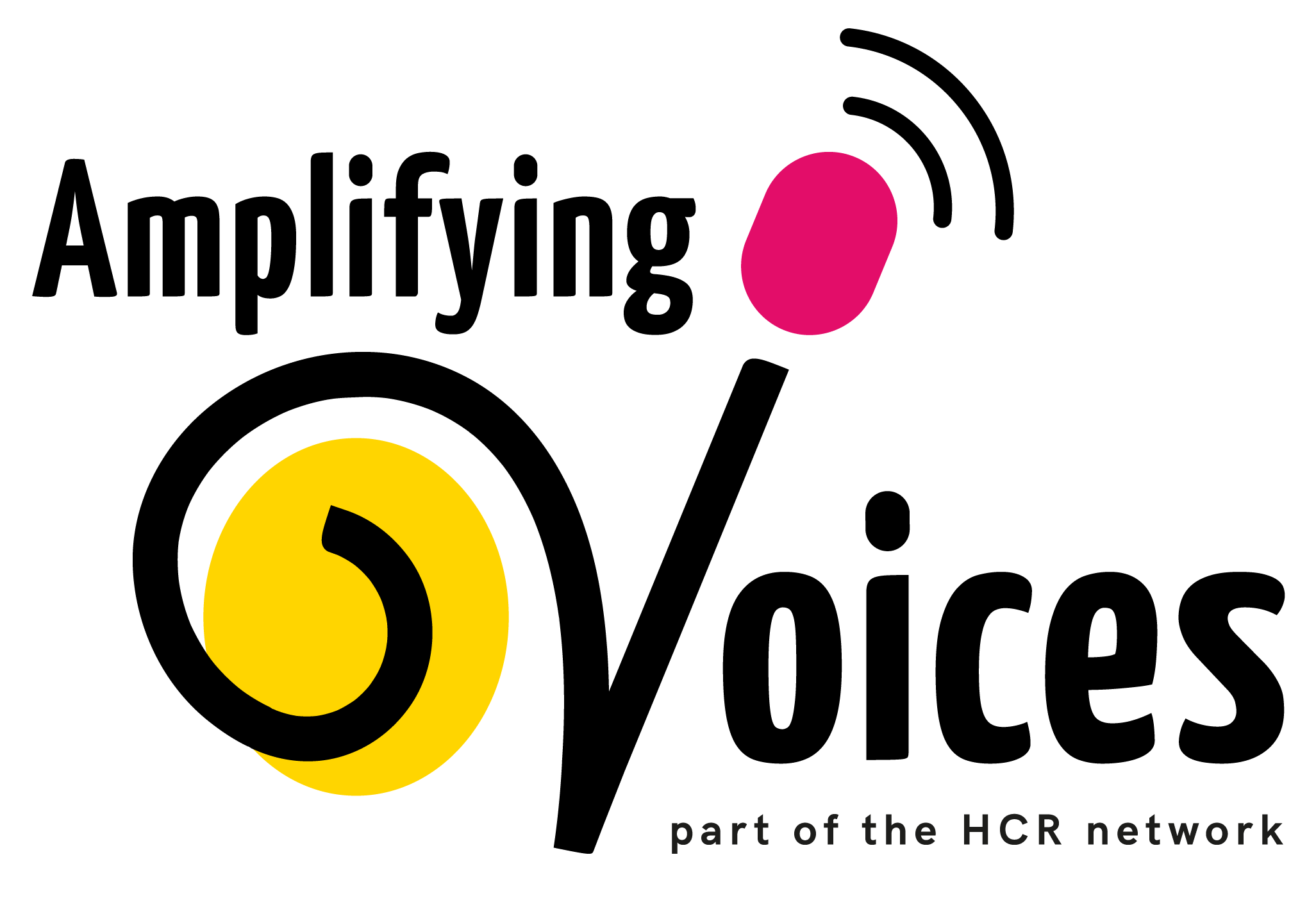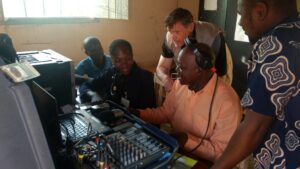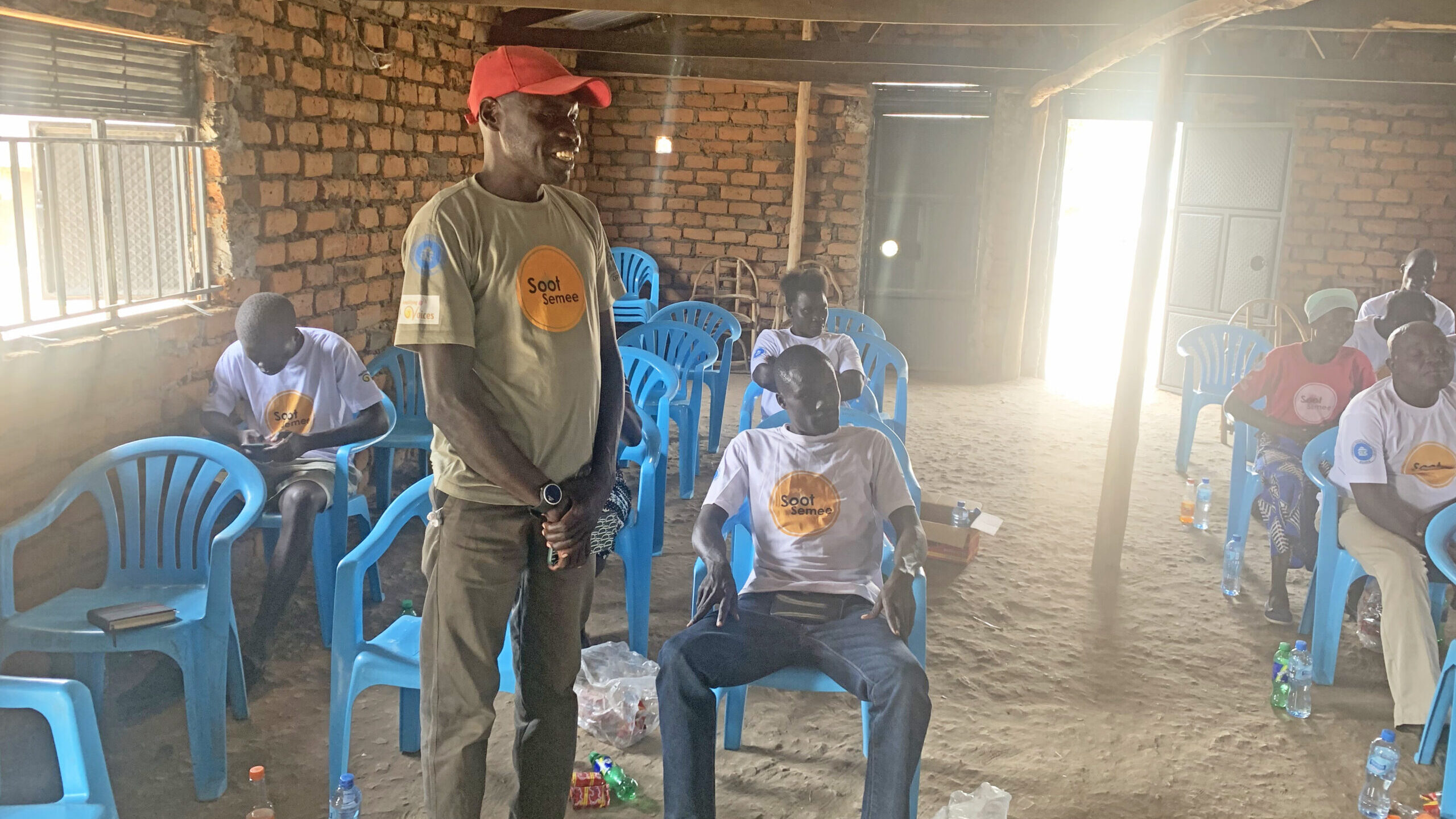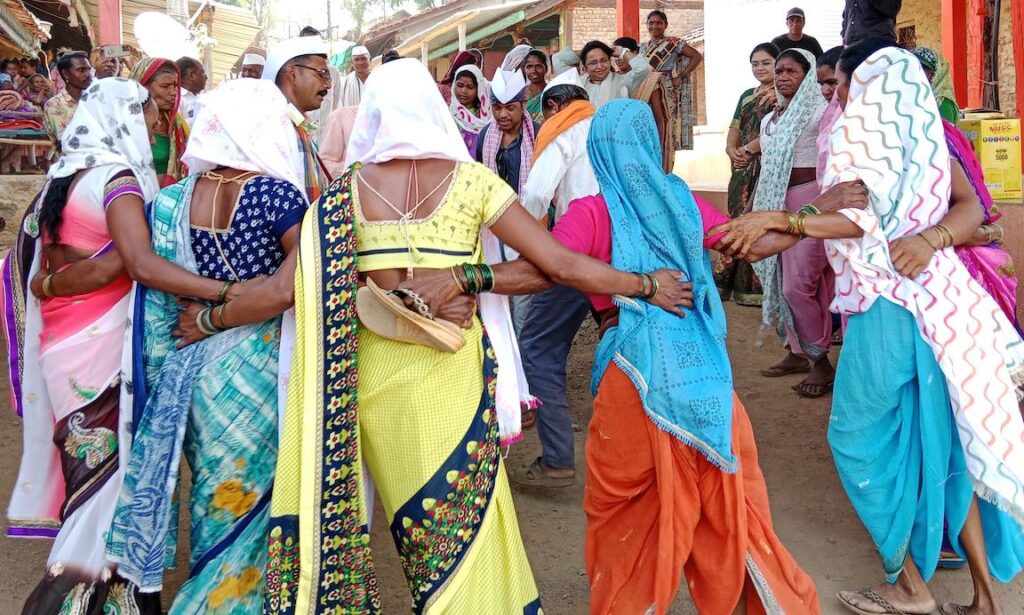Our Approach
Amplifying Voices equips local service providers and communities using a community-centred media approach.
Click around the diagram below to see how this works out in practice.


Community-led
Amplifying Voices responds via invitation from local champions in communities facing disadvantage or crisis

Actively Engage
Active listening and community participation to build trust between Community, Service Providers, and Media.

Participatory media
Community members and Service Providers create content together to address local priorities

Media content and non-media activities reinforce each other, to create positive change through local solutions

Impact
Access to media platforms empowers communities to overcome barriers and enact positive change

Rooted in Faith
We strive to reflect the example and teachings of Jesus, who offered hope for the future, and created opportunities for communities to experience life in all its fullness.
Journeying Adaptively
Impact grows as communities and service providers adapt and journey together and through cycles of action and reflection.
Click on the items below to see how Amplifying Voices and partners adapt our corresponding activities to address different phases of our projects.
Our Activities
Community Activities
Theory of Change
Our Theory of Change diagram below is a general outline of the stages of change we expect to see in communities as they move towards experiencing life in all its fullness.
Why do we believe our activities will lead to these outcomes?
Further reading about our approach
Who are service providers?
Service Providers are organisations or groups whose work helps or provides support in communities that we work with.
These could be government departments, NGOs, health clinics, faith communities, community-based organisations (CBOs), infrastructure services, etc.
Community-centred media helps service providers engage with communities in a relevant way, through trusted channels. The work done to build trust is essential, especially in times of crisis.
Read these stories about how that works in practice ...
Building Trust – Saving Lives
South Sudan, Uganda
School’s on air for summer
Kenya
Buzi bounces back
Disaster Response
Unlocking potential through collaboration
A community-centred media approach integrates on-air and off-air activities.
Media content (on-air activities) inspires, reinforces and reflects on activities by local service providers.
Activities by local service providers (off-air activities) will inspire, reinforce, and respond to the media content.
When media and service providers collaborate in their activites, it unlocks the potential for impact in both the on-air and off-air activities. See partner stories below for examples ...
The Power of Ubuntu
India
Soot Semee raises up new leaders
Uganda
Theory of Change - Our Reasoning
Communication is integral for the development of people and their societies. Community-centred media is a form of 'Communication for development' (C4D), that emphasises the need to go beyond delivering messages in the hope people will listen and change. It gives community members ownership of the messages and of decisions about change.

Adopting New Practices and Attitudes
People are influenced by social norms at least as much as, and often more so, than by individual awareness about what is healthy or beneficial.
Talk radio and podcasts are consistent with the oral traditions of many communities and are a significant cultural and social resource for communities to explore new norms.
Participatory media is a space where community consensus-building, problem solving and decision-making can happen. This broadens the reach for engagement and increases the likelihood of communities adopting new norms.
Community participation encourages new norms to be developed from within the community, rather than imposed from without. Changes are also likely to be more inclusive, improving social cohesion, more widely accepted and therefore more sustainable.
Social Capital
When people hear their own voices, stories and opinions, aired via a media broadcast it builds self-confidence and creates motivation to get involved in community development activities.
Here are some examples from our partners' projects.
Connecting Communities
India
The Power of Ubuntu
India
For some more tools and tips on how we implement community-centre media in practice, browse our Theory and Practice page.








